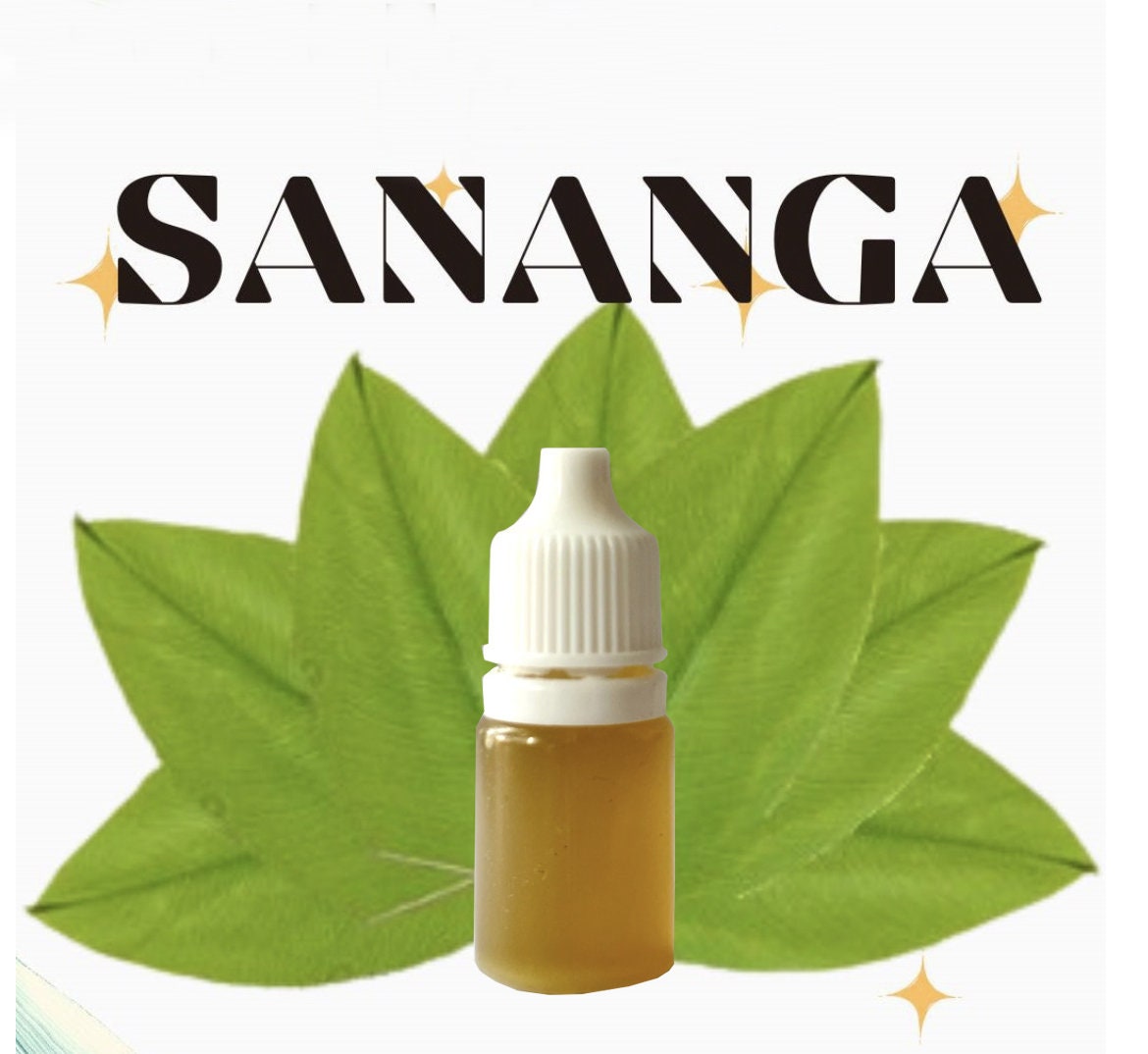Have you ever heard of hape tobacco. The modern wellness industry is increasingly fascinated by these ancient therapeutic substances that have been utilized for a long time by indigenous peoples across the globe. Shamanic practices have been utilized over the centuries as a way of spiritual healing and personal transformation. In these practices, a variety of plants are used to aid in deep healing.

Shamanic Snuff, also known as “rape,” is a holy powdered drug derived from several Amazonian plants. The snuff is applied through the nose using a blowpipe, or self-applicator. The snuff typically contains tobacco leaves, herbal extracts, and tree Ash. If used under the direction of a skilled shaman it is believed that shamanic smoke can remove energetic blocks, increase awareness, and boost spiritual awareness.
Hape tobacco is also known by the names “hapeh”, “rapeh,” and is a powerful instrument used in shamanic ceremonies. Hape tobacco, as opposed to the snuff that is used by shamans can be blown directly into the nose or taken with pipes. The blend of tobacco leaves is generally created by mixing finely ground tobacco with medicinal plants as well as tree ashes. Hape tobacco is revered by many for its ability in facilitating grounding, cleansing and connection to spiritual realms. It is said to clear the mind, release emotional stifling and help to bring clarity during shamanic experiences.
Through the ages, indigenous cultures have been using sacred medicines in their culture. In this regard, Hape tobacco is among the most potent and well-known remedies for herbal use. Hape tobacco is a potent herbal remedy with a range of therapeutic properties. It is able to reduce inflammation, enhance concentration and mental clarity and even help to relieve pain. Hape tobacco has become increasingly popular in recent years as people try to harness its power. Its artful combination of botanicals and healing practices is proof of the profound significance of nature and its enduring significance in our lives. Hape tobacco is an effective and sacred instrument that is used for spiritual healing and physical healing.
Fresh sananga, made from the root and bark of a particular Amazonian plant, has the highest place in rituals of shamanism. It is used as an eye-drop solution and is renowned for its intense and immediate effects on perception and vision. Fresh sananga is rubbed into the eyes to stimulate tears, leading to an intense cleansing of the physical and energetic bodies. It is believed that it sharpens vision, improves clarity and eliminates energetic blockages.
The healing properties of shamanic cigarettes, snuff, and fresh sananga stretches beyond the physical realm. The sacred substances are believed to facilitate mental, emotional as well as spiritual recovery. Through their purifying and consciousness-expanding properties, they can aid in the release of stagnant energies, traumas, and negative patterns. They offer a way for people to connect with their inner self to gain understanding, and undergo transformation.
Take note that sacred remedies are to be handled with care and with caution. Seeking guidance from experienced and knowledgeable shamans, or facilitators is essential to ensure the safety and security of your journey. These practitioners possess the wisdom and knowledge necessary to design sacred spaces and help integrate during the process.
Rape powder is rapidly becoming a favored instrument for improving overall health and well-being. It has the unique ability to heal both spiritually and unlock its natural healing properties providing benefits to the people who utilize it. Rape Powder has many benefits, including reducing stress, enhancing focus and concentration, and helping with pain. Rape Powder is a potent combination of positive effects which combine to create a powerful substance that can transform lives.


